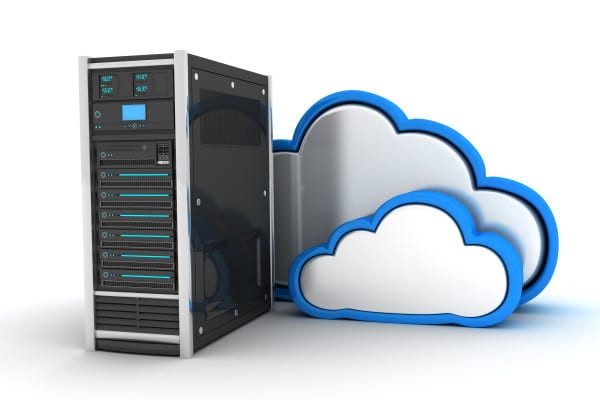Everything about cloud servers and cloud hosting
Cloud hosting is a type of web hosting that uses a network of remote servers, typically located in data centers, to store and manage the data and resources needed for websites and applications. Instead of hosting your website or application on a single physical server, you can use the resources of multiple servers in the cloud to host your website or application.
One of the main benefits of cloud hosting is that it allows you to scale your resources up or down as needed, which can be useful if you have a website or application that experiences fluctuating traffic. Instead of having to invest in expensive hardware to handle peak traffic, you can simply allocate more resources from the cloud as needed.
Cloud hosting also offers improved reliability and uptime, as the resources of multiple servers are used to host your website or application. If one server goes down, the others can take over to ensure that your website or application remains available.
Cloud hosting can be provided by various types of cloud providers, such as public cloud providers like Amazon Web Services (AWS) or Microsoft Azure, or private cloud providers that offer hosting services to a specific organization. Cloud hosting can also be provided as a managed service, where the cloud provider handles the maintenance and management of the servers and infrastructure.
Types of cloud hosting:
There are different types of cloud hosting, such as public cloud, private cloud, and hybrid cloud. It’s important to understand the differences between these types and how they can be used in different situations.
Cloud providers:
There are many different companies that offer cloud hosting services, including Amazon Web Services (AWS), Microsoft Azure, and Google Cloud. Each provider has its own strengths and weaknesses, and it’s important to choose the one that best meets your needs.
Cloud infrastructure:
Understanding the underlying infrastructure of a cloud hosting environment is important for designing and managing applications that run on the cloud. This includes concepts like virtualization, networking, storage, and security.
Cloud computing models:
There are different models for using cloud computing resources, including Infrastructure as a Service (IaaS), Platform as a Service (PaaS), and Software as a Service (SaaS). It’s important to understand the differences between these models and how they can be used in different scenarios.
Cloud management and administration:
Managing a cloud environment requires a different set of skills and tools than managing traditional on-premises infrastructure. Topics in this area include monitoring, scaling, security, and disaster recovery.
Cost and pricing:
Cloud hosting can be more cost-effective than traditional on-premises hosting, but it’s important to understand how cloud providers charge for their services and how to optimize your costs.
Migration and integration:
If you are considering moving your applications or workloads to the cloud, it’s important to understand the process for migrating and integrating them with your existing infrastructure. This may involve considerations like data transfer, application redesign, and integration with other cloud-based services.

